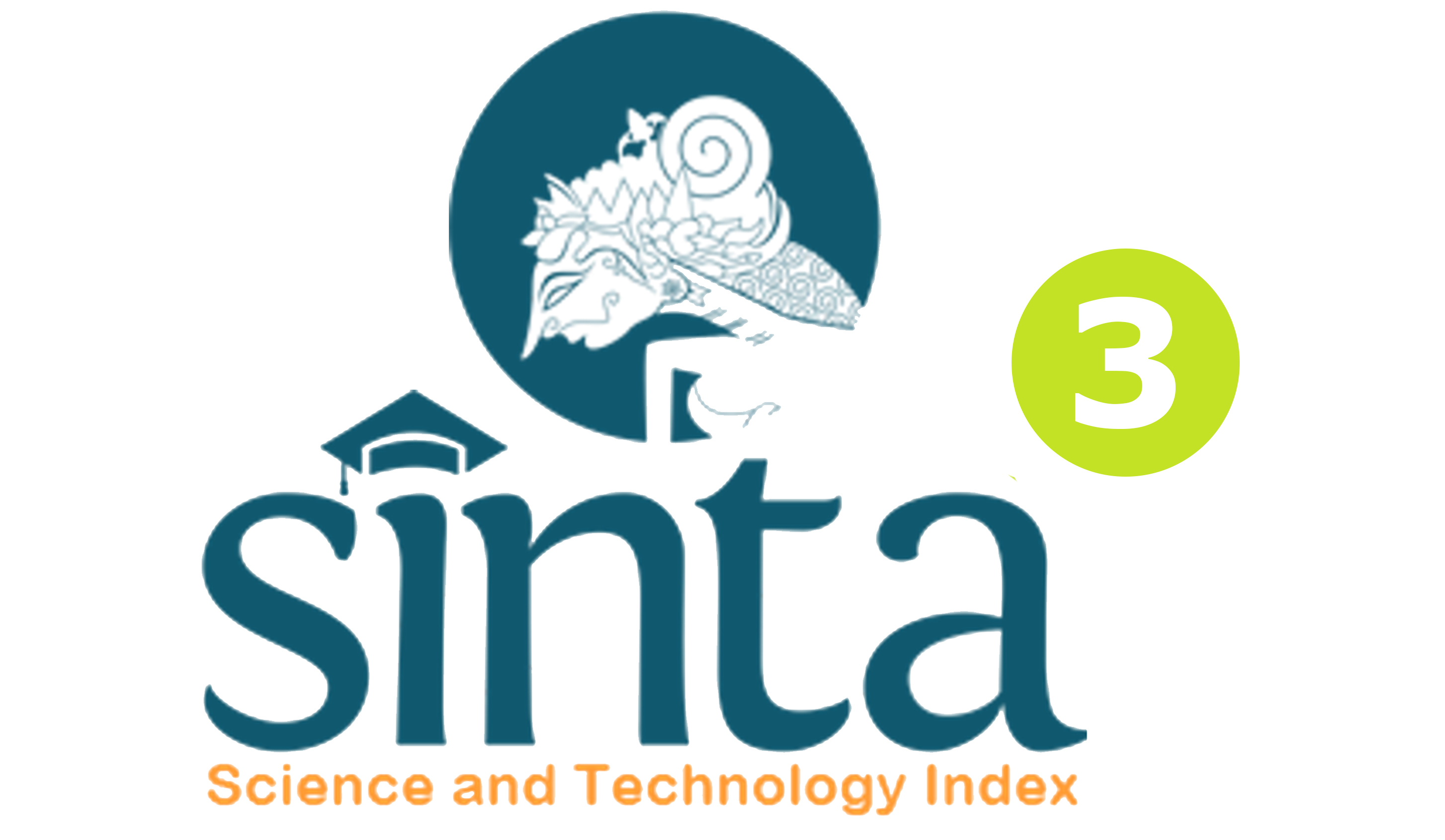Kecemasan terhadap Stigma Sosial untuk Kembali ke Masyarakat pada Mantan Narapidana Perempuan Tindak Pidana Penipuan
DOI:
https://doi.org/10.23887/jibk.v12i2.33852Keywords:
Anxiety, Social Stigma, Former Female ConvictAbstract
Abstract: The aim of this study is to determine how the anxiety of social stigma returns to society in former female convict for a criminal act of fraud and the factors which influence that anxiety. Participant 1 is a 47 year old woman from South Jakarta and participant 2 is a 27 year old woman from Central Sulawesi. Participant 1 was imprisoned for 1 year 6 months (18 months) while participant 2 was imprisoned for 7 months (19 months). Both are former convicts of criminal acts of fraud cases. Researcher used data collection procedures using interview techniques. Interviews were conducted online due to the limitations of the current pandemic situation. The results of this study indicate that former female convicts of fraud have social stigma anxiety based on existing aspects. For further research, it is hoped that there will be more research on social stigma anxiety because it is interesting enough to be researched and is expected to be able to maximize the time.
Keywords: Anxiety, Social Stigma, Former Female Convict
References
Ardila, F., & Herdiana, I. (2013). Penerimaan diri pada narapidana perempuan. Jurnal Psikologi Kepribadian dan Sosial, 2, (01).
Azani. (2012). Gambaran Psychological Well- Being Mantan Narapidana. Empathy, 1 (01), 1-18.
Chaplin, J. P. (2004). Kamus Lengkap Psikologi, (Terjemahan Kartini dan Kartono). Jakarta: Raja Grafindo Persada.
Daradjat, Z. (1990). Hygiene Mental. Jakarta: PT. Gunung Agung.
Faried, L., & Nashori, F. (2012). Hubungan Antara Kontrol Diri Dan Kecemasan Menghadapi Masa Pembebasan Pada Narapidana Di Lembaga Pemasyarakatan Wirogunan Yogyakarta. Khazanah: Jurnal Mahasiswa UII, (2), 63-74.
Goffman, Erving. (1963). Stigma (Notes on The Management Spoiled Identity). London: Penguins Book.
Kartono, Kartini. (2005). Patologi Sosial. Jakarta: PT. RajaGrafindo Persada.
Kartono, Kartini. (2011). Patologi Sosial Jilid 1. Jakarta: PT. RajaGrafindo Persada
Koliandri, A. (2010). Kecemasan narapidana menjelang bebas. Malang: Universitas Muhammadiyah Malang.
Major, B., & O'brien, L. T. (2005). The social psychology of stigma. Annu. Rev. Psychol., 56, 393-421.
Maryatun, S. (2011). Pengaruh logoterapi terhadap perubahan harga diri narapidana perempuan dengan narkotika di Lembaga Pemasyarakatan Kelas II A Palembang. Tesis magister, Program Pascasarjana Universitas Indonesia, Jakarta.
Moeljatno. (2007). Fungsi & Tujuan Hukum Pidana Indonesia. Jakarta: Bina Aksara.
Nevid, J. S., Rathus, S. A., & Greene, B. (2005). Psikologi abnormal. Jakarta: Erlangga.
Nur, S. N. (2014). Tinjauan Viktimologis Tindak Pidana Penipuan Online Shop Melalui Situs Jejaring Sosial. Makassar: Universitas Hasanuddin.
Putra, D. (2019). Penyesuaian Diri Mantan Narapidana Di Masyarakat (Studi di Desa Pagar Alam Kecamatan Padang Guci Hulu Kabupaten Kaur). Bengkulu: Doctoral Dissertation, IAIN Bengkulu.
Rosenhan, D. L & Seligman, E.P. (1989). Abnormal Psychology, 2th Edition. New York: W.W. Norton & Company Inc.
Scheid & T.N. Brown. (2010). Mental health system in a cros-cultural context. A handbook for the study of mental health: Social contex, theories, and system (pp. 135-161). New York: Cambridge University Press.
Shienkfield, A.(2010). Inmates Prerelease Anxiety Levels. Australia: The Deakin University Australia.
Sholichatun, Y. (2011). Stres dan Staretegi Coping pada Anak Didik di Lembaga Pemasyarakatan Anak. Psikoislamika: Jurnal Psikologi dan Psikologi Islam, 8(1).
Sugiyono. (2008). Metode Penelitian Kuantitatif, Kualitatif, dan R&D. Bandung: Remaja Rosdakarya.
Sugiyono. (2010). Memahami Penelitian Kualitatif. Bandung: Alfabeta.
Sugiyono, (2012). Metode Penelitian Kuntitatif Kualitatif dan RND. Bandung: Alfabeta.
Suryabrata, S. (2004). Psikologi pendidikan. Jakarta: RajaGrafindo Persada. Universitas Bina Darma Palembang.
Taylor, J. A. (1953). A personality scale of manifest anxiety. The Journal of abnormal and social psychology, 48(2), 285.
Utari, D. I. (2012). Gambaran Tingkat Kecemasan Pada Warga Binaan Perempuan Menjelang Bebas Di Lembaga Pemasyarakatan Perempuan Klas II A Bandung. Students e-Journal, 1(1), 33.
Downloads
Published
Issue
Section
License
Copyright (c) 2021 Kiki Adya Putrie

This work is licensed under a Creative Commons Attribution 4.0 International License.
Jurnal Ilmiah Bimbingan Konseling Undiksha is an Open Access Journal. The authors who publish the manuscript in this journal agree to the following terms:
JIBK is licensed under a Creative Commons Attribution 4.0 International License. This permits anyone to copy, redistribute, remix, transmit and adapt the work provided the original work and source is appropriately cited.
This means:
Jurnal Ilmiah Bimbingan Konseling is licensed under a Creative Commons Attribution 4.0 International License.
(1) Under the CC-BY license, authors retain ownership of the copyright for their article, but authors grant others permission to use the content of publications in JIBK in whole or in part provided that the original work is properly cited. Users (redistributors) of JIBK are required to cite the original source, including the author's names, JIBK as the initial source of publication, year of publication, volume number, issue, and Digital Object Identifier (DOI); (2) The authors are the copyright owner of the article, and the author grants the JIBK held the first publication right.









.png)

.jpg)
